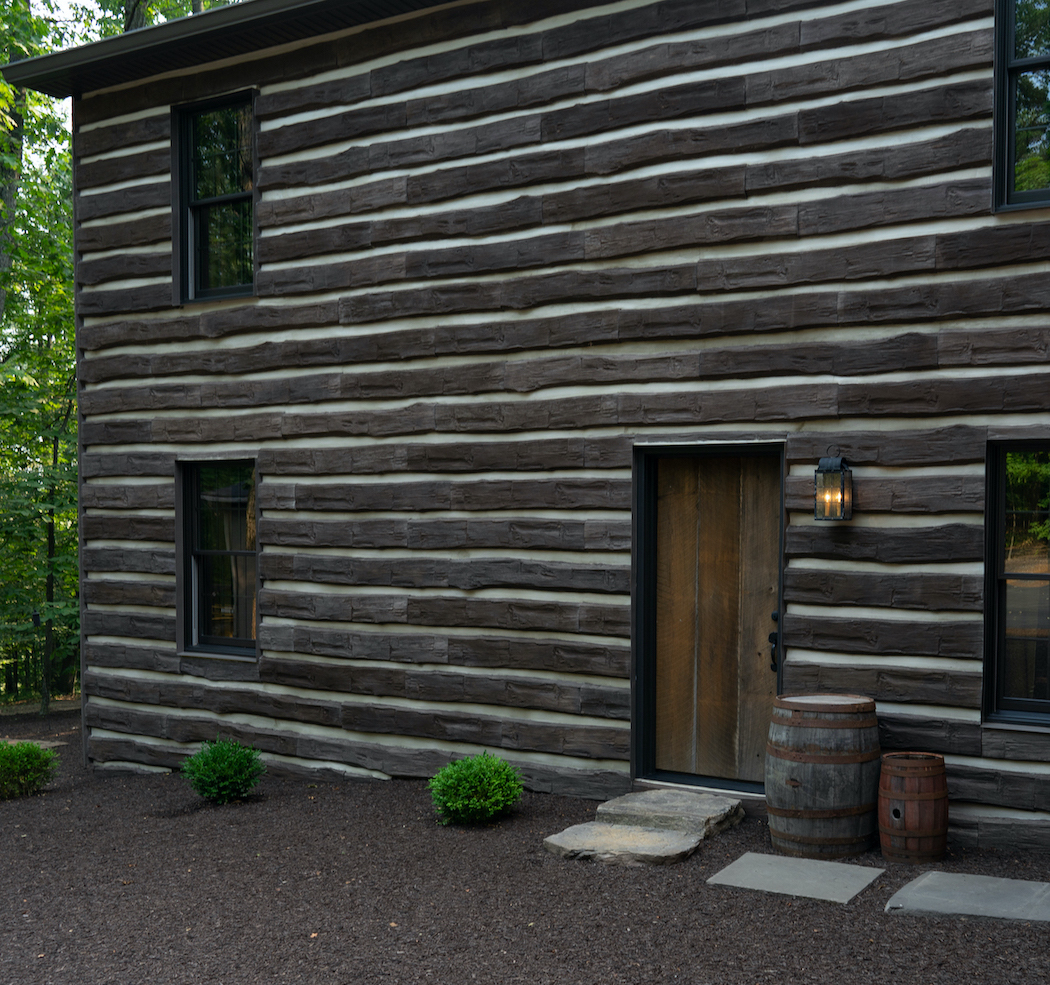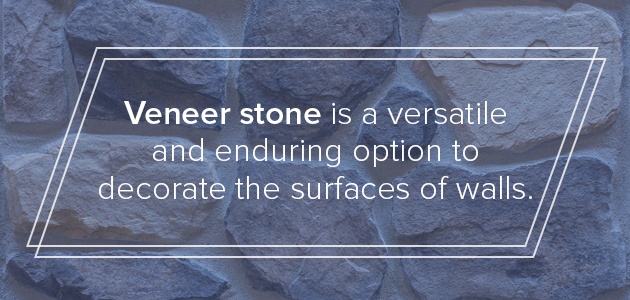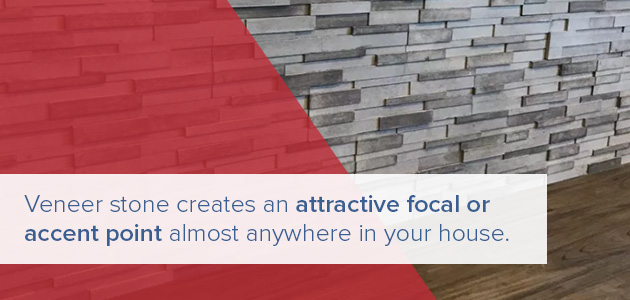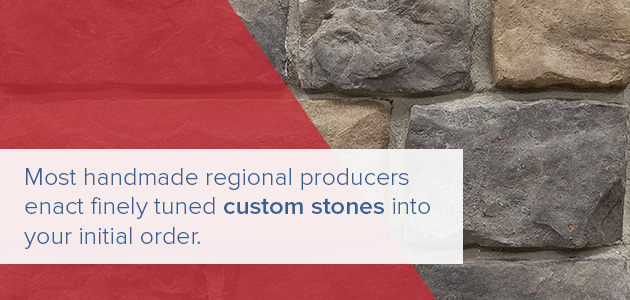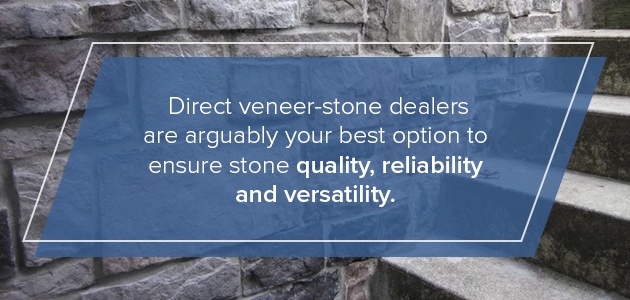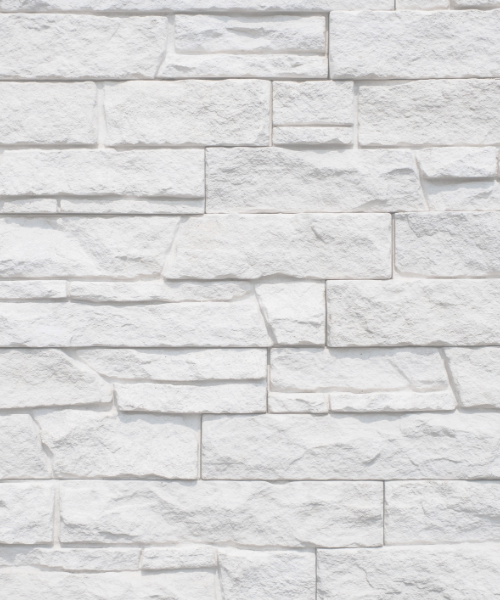It’s hard to match the look of quality stone veneer. From its transportive styles, shapes and color schemes to the effortless curb appeal it lends a house, natural stone veneer is the refining touch on any interior or exterior. Thankfully, veneer stone installation is also one of the most manageable installations around, even for a DIY novice.
With this do-it-yourself guide on how to install stone veneer over concrete, a fireplace, panels or drywall, you can achieve the elegant and expensive look throughout your home or commercial project — without emptying your wallet.


